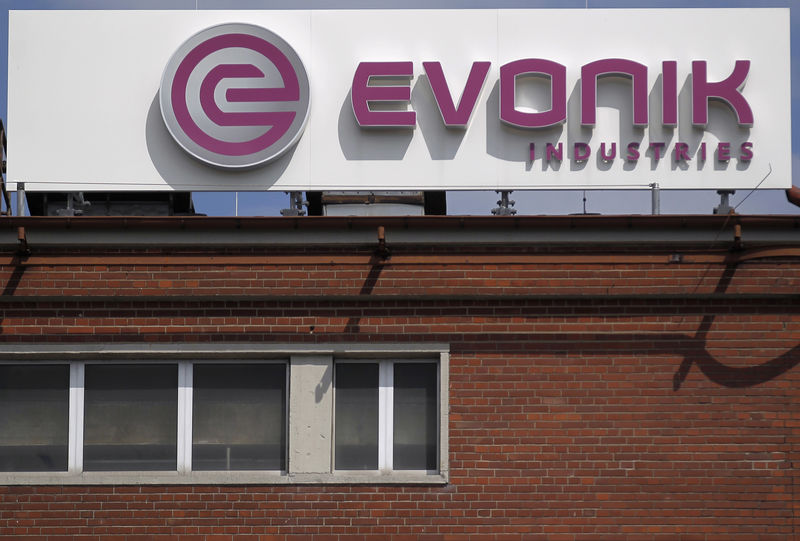Lisa Cook sues Trump over firing attempt, emergency hearing set
Investing.com -- Barclays (LON:BARC) has flagged Evonik Industries (ETR:EVKn) and Arkema (EPA:AKE) as its top stock ideas heading into the second-quarter earnings season for European Chemicals & Ingredients, naming the former as a top positive call and the latter as the most vulnerable.
Evonik stands out as Barclays’ highest conviction Overweight idea. The bank notes that while the stock has de-rated by 9% over the past month—more than peers—earnings expectations remain resilient.
“Evonik is the only company among the group for which annualised Q2 EBITDA still falls within the current FY25 guidance range,” the analysts led by Katie Richards said.
Supportive pricing in methionine and solid forward contract visibility have underpinned this view, with management confirming that 90% of Q3 contracts are already booked.
Barclays’ full-year 2025 (FY25) EBITDA estimate of €2.067 billion aligns with Bloomberg consensus and falls within the company’s guidance range of €2–2.3 billion.
In contrast, Barclays downgraded Arkema to Equal Weight from Overweight and slashed the price target to €80 from €107.
The firm warns that Arkema “has the potential to issue the largest FY25 guidance cut of the names we cover at Q2,” citing exposure to North America and construction markets, both pressured by tariff uncertainty and subdued demand.
Moreover, weak acrylic margins, disruptions in hydrogen peroxide production, and losses tied to Dow’s laminates business are likely to pressure Arkema’s segment profitability.
Despite growing awareness among investors, the bank believes these risks are not yet fully reflected in the stock’s valuation.
Barclays’ FY25 EBITDA forecast of €1.368 billion is now 7% below the low end of Arkema’s guided range.
Speaking more broadly, Barclays analysts believe the sector as a whole faces “broad-based downside risk to FY25 guidance,” with hand-to-mouth ordering and limited customer visibility continuing to weigh on sentiment.
While most companies are relying on a second-half recovery, the bank sees signs that guidance may soon be revised to reflect more grounded expectations.
